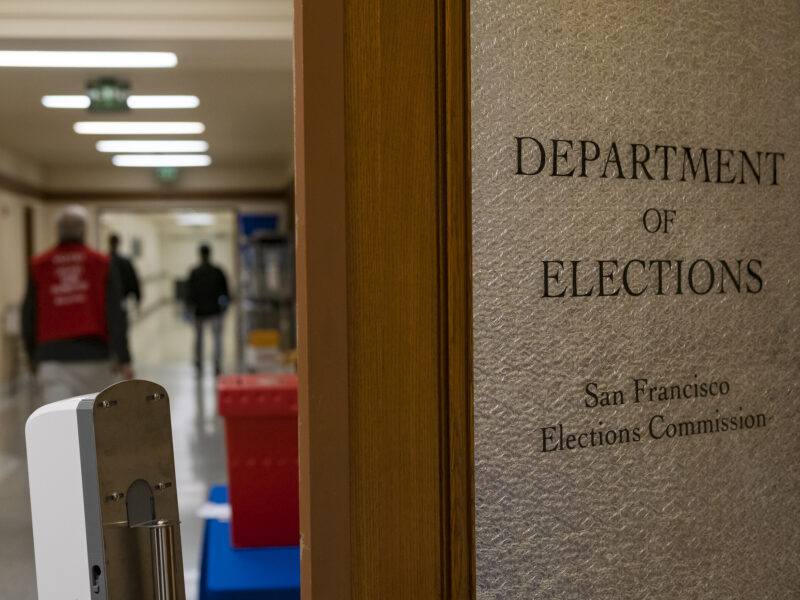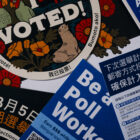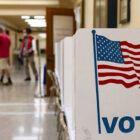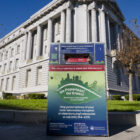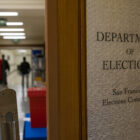If you vote in California and you’re registered with the Peace and Freedom, Green, Republican or Democratic parties, you’ll get to make some extra choices in the March 5 election that only come around once every four years — the representatives who run your party at the local level.
In San Francisco, voters registered with those four parties received ballots that included candidates for their party’s presidential primary and also candidates for their respective county central committee, which the Green Party refers to as its county council. These are the people who officially run those parties in San Francisco. They decide which measures and candidates the party will endorse, and they support the formation of local political clubs. They also coordinate in various ways with their parties at the state and national levels.
For this “Civic” episode, we talked with representatives from the four parties that run county committees in San Francisco, and with Theo Ellington, vice president of Northern California for Strategies 360, a political strategy firm, to give a more general overview of the system.
